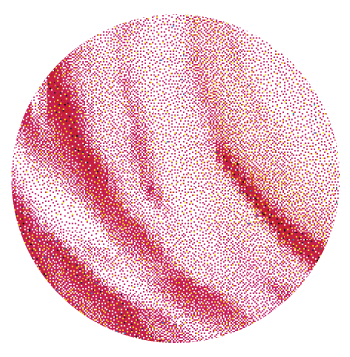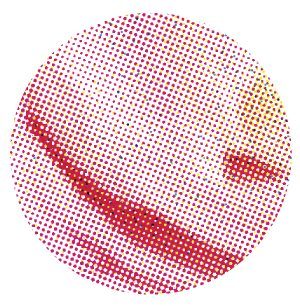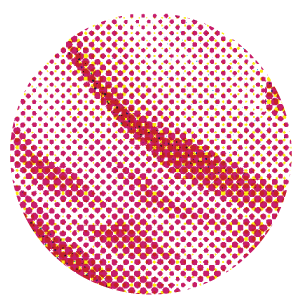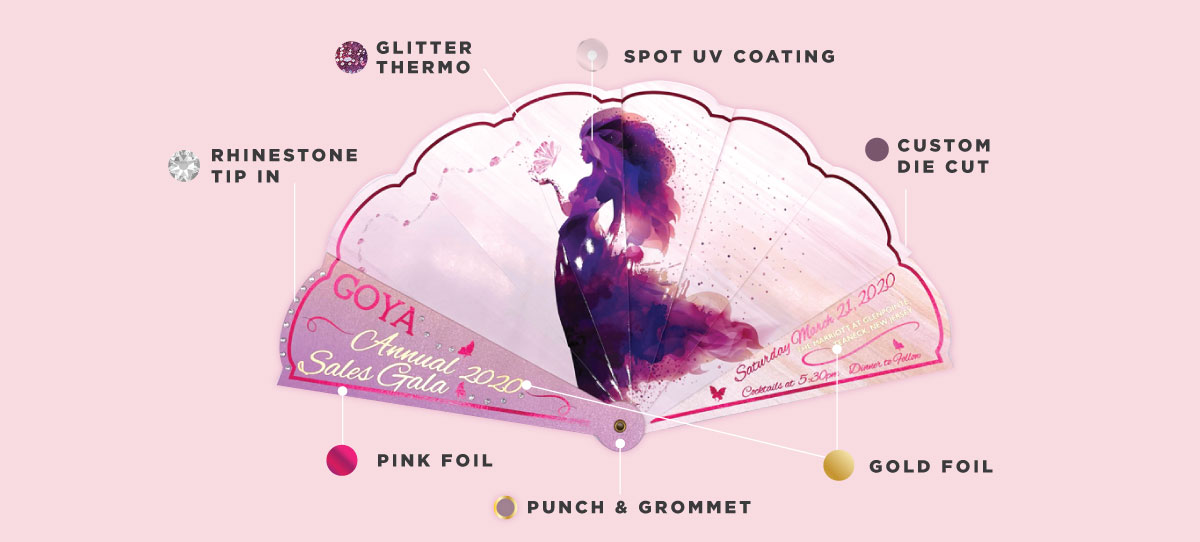Micro Screening – Because Details Matter
In the world of print, achieving exceptional image quality is crucial. Whether crafting captivating photographs, intricate graphics, or vibrant materials, the ability to capture fine details and reproduce colors accurately is essential. Enter micro screening, a powerful technique revolutionizing print quality.
Micro screening breaks down images into minuscule dots or pixels, precisely arranged to create smooth gradients, fine details, and accurate colors. This meticulous process ensures sharp, vibrant, true-to-life prints.
Unlike traditional screening methods, which rely on larger dots and coarser patterns, micro screening utilizes much smaller dots and finer patterns, allowing for greater detail and resolution. By leveraging advanced algorithms and software, micro screening optimizes dot placement, smoothing transitions between colors and minimizing unwanted artifacts like moiré patterns.
The Benefits of Micro Screening:

Superior Image Quality
Micro screening enables the reproduction of images with exceptional clarity, sharpness, and detail, elevating the overall quality of printed materials.
Enhanced Color Accuracy
With micro screening, colors are reproduced with remarkable accuracy, ensuring that prints faithfully capture the nuances and subtleties of the original artwork or design.
Reduced Moiré Patterns
Micro screening helps minimize the occurrence of moiré patterns, those unwanted interference patterns that can detract from the quality of printed images, resulting in cleaner and more professional-looking prints.
Increased Print Resolution
By utilizing smaller dots and finer patterns, micro screening allows for higher print resolutions, making it possible to reproduce fine text, intricate graphics, and high-quality photographs with unparalleled clarity and precision.
Versatility and Flexibility
Micro screening is compatible with a wide range of printing substrates and ink types, offering printers greater flexibility in meeting diverse printing requirements and delivering exceptional results across various applications.
Types of Screens
Click each image to for more detail.





